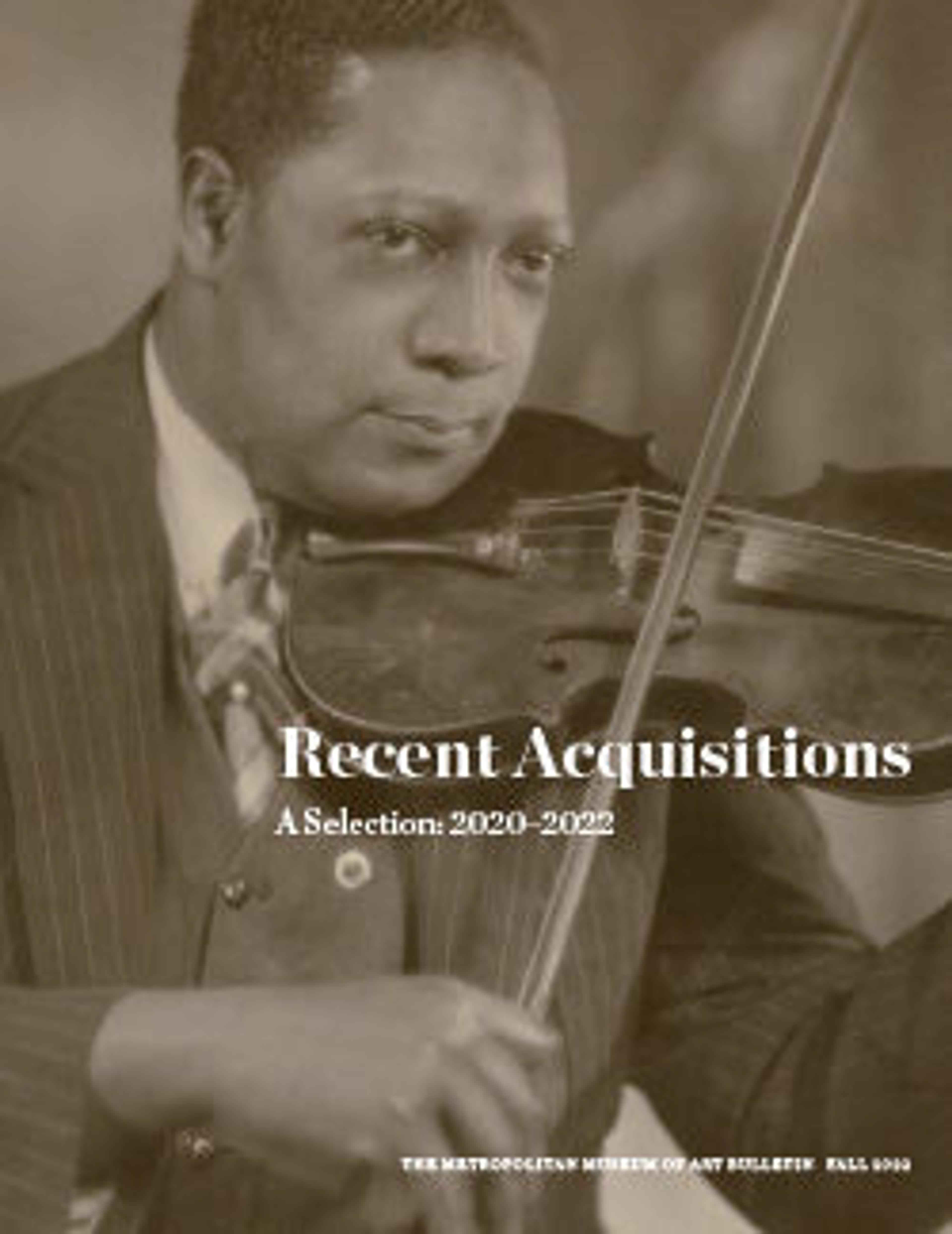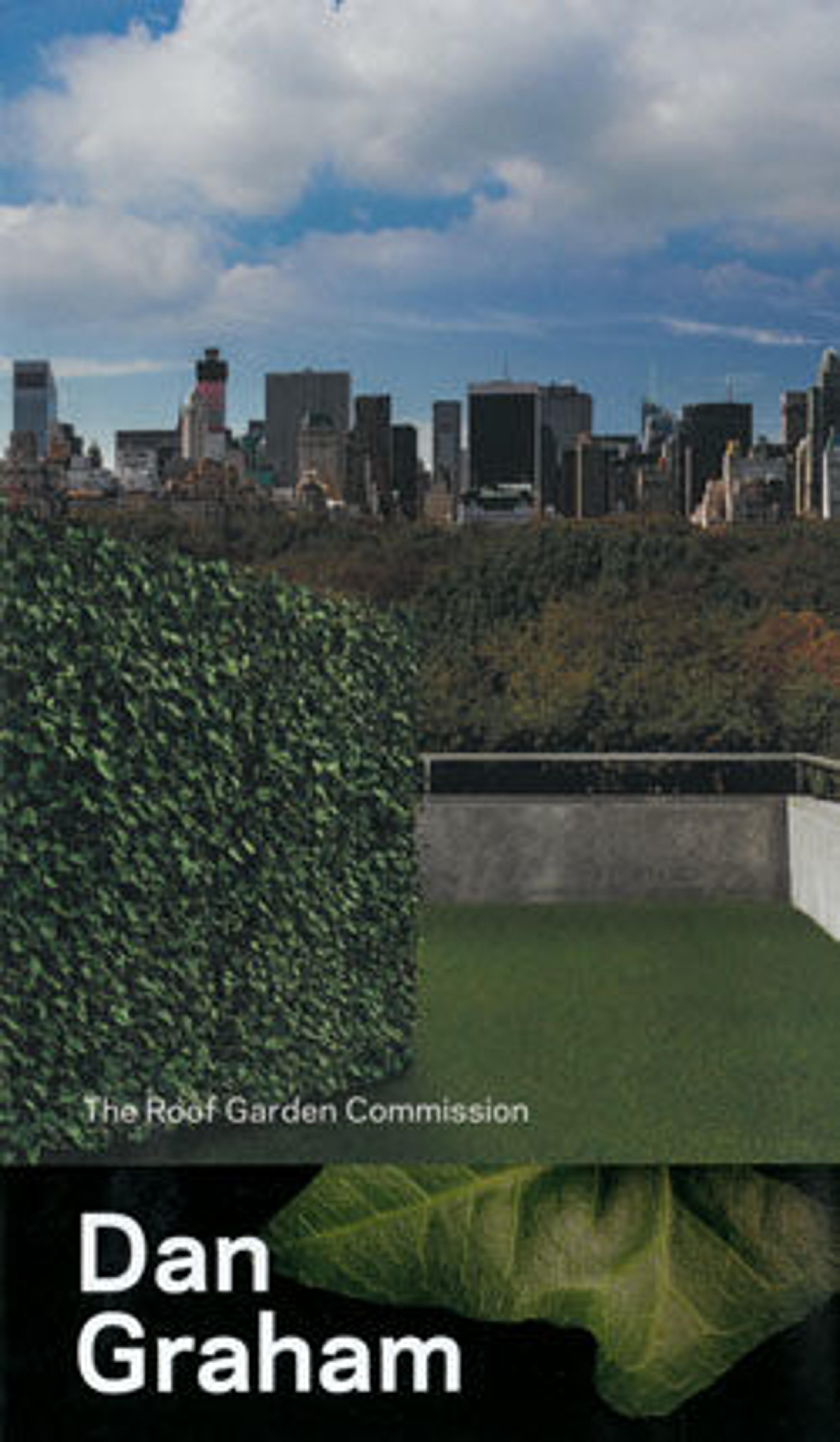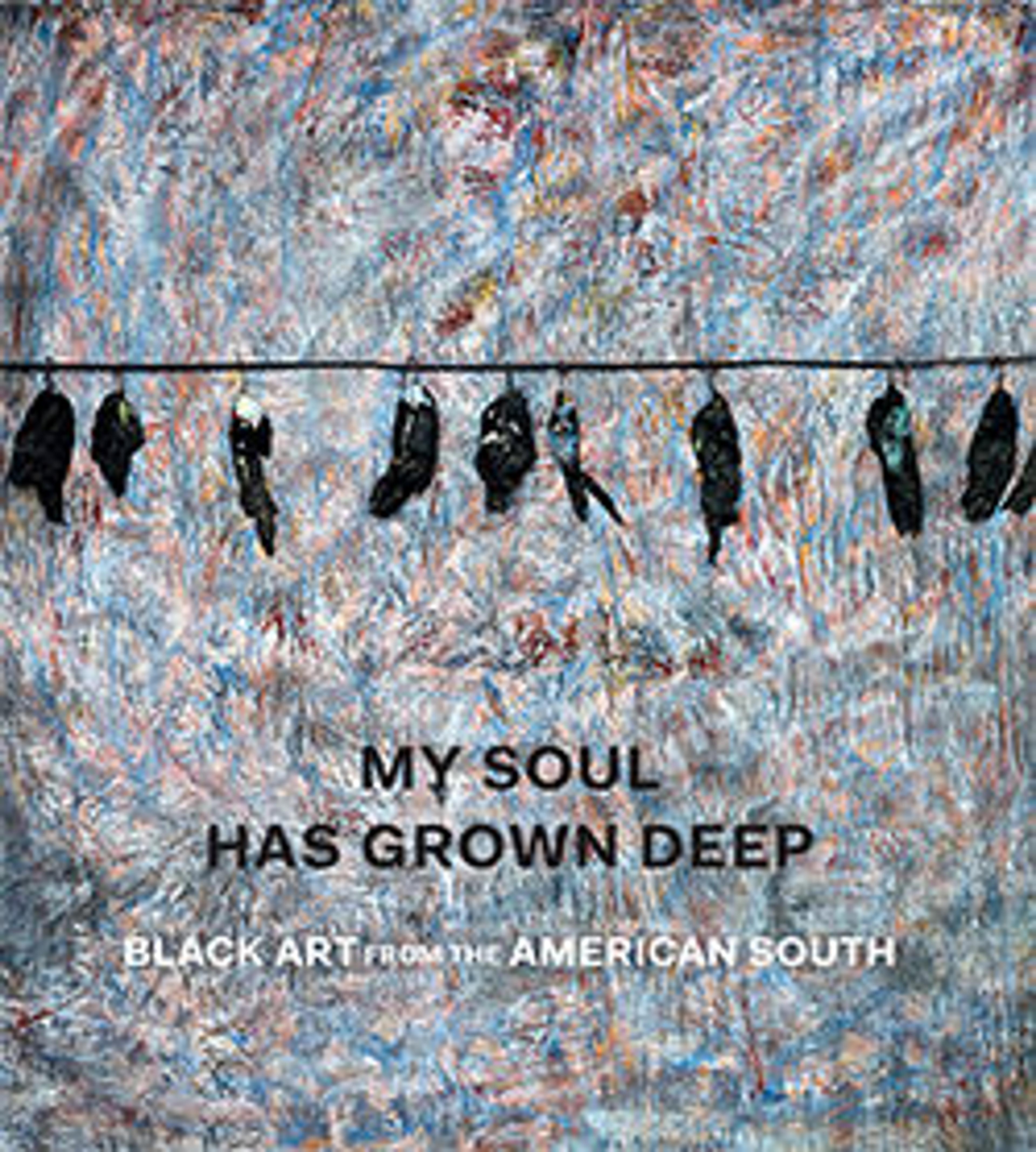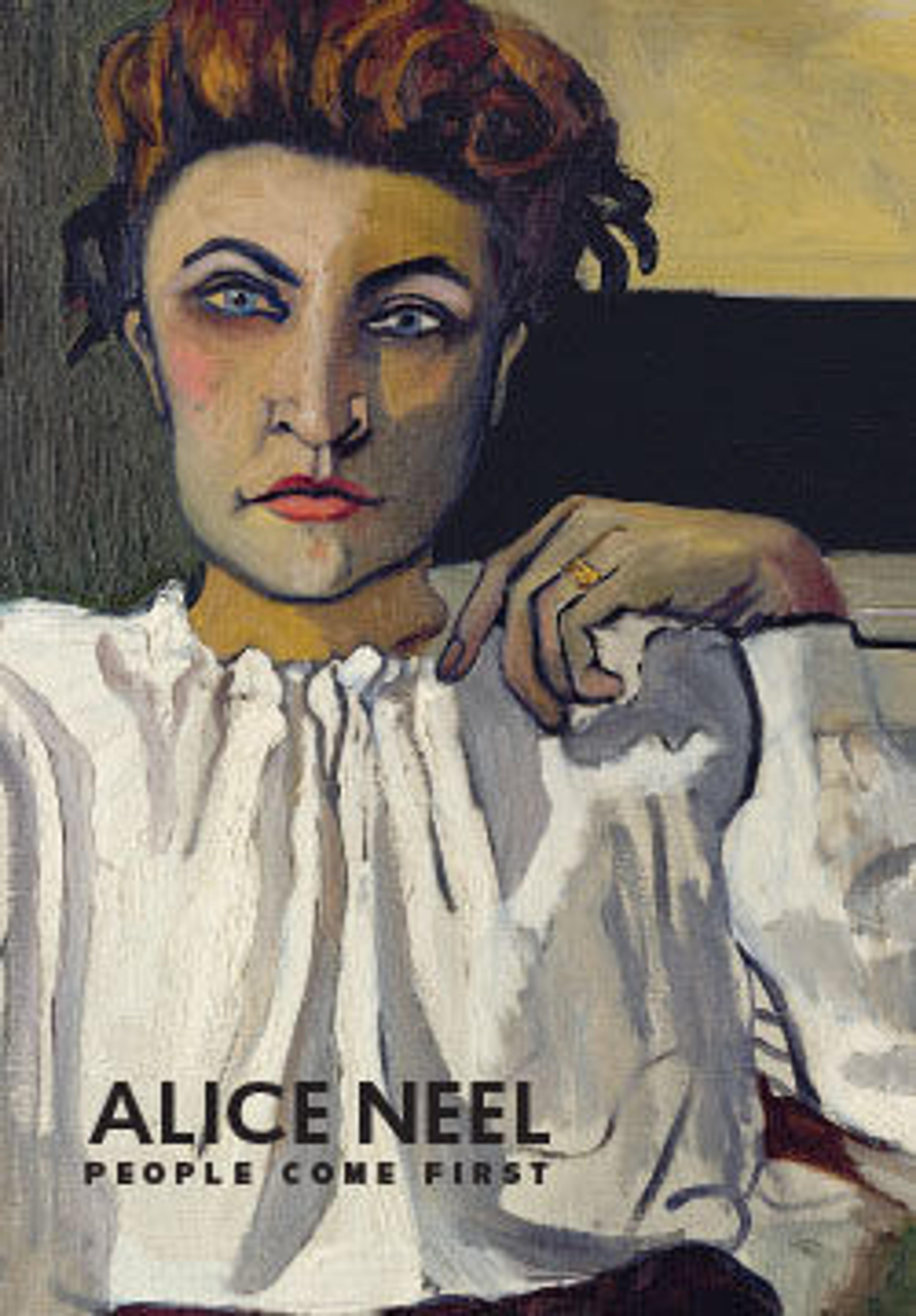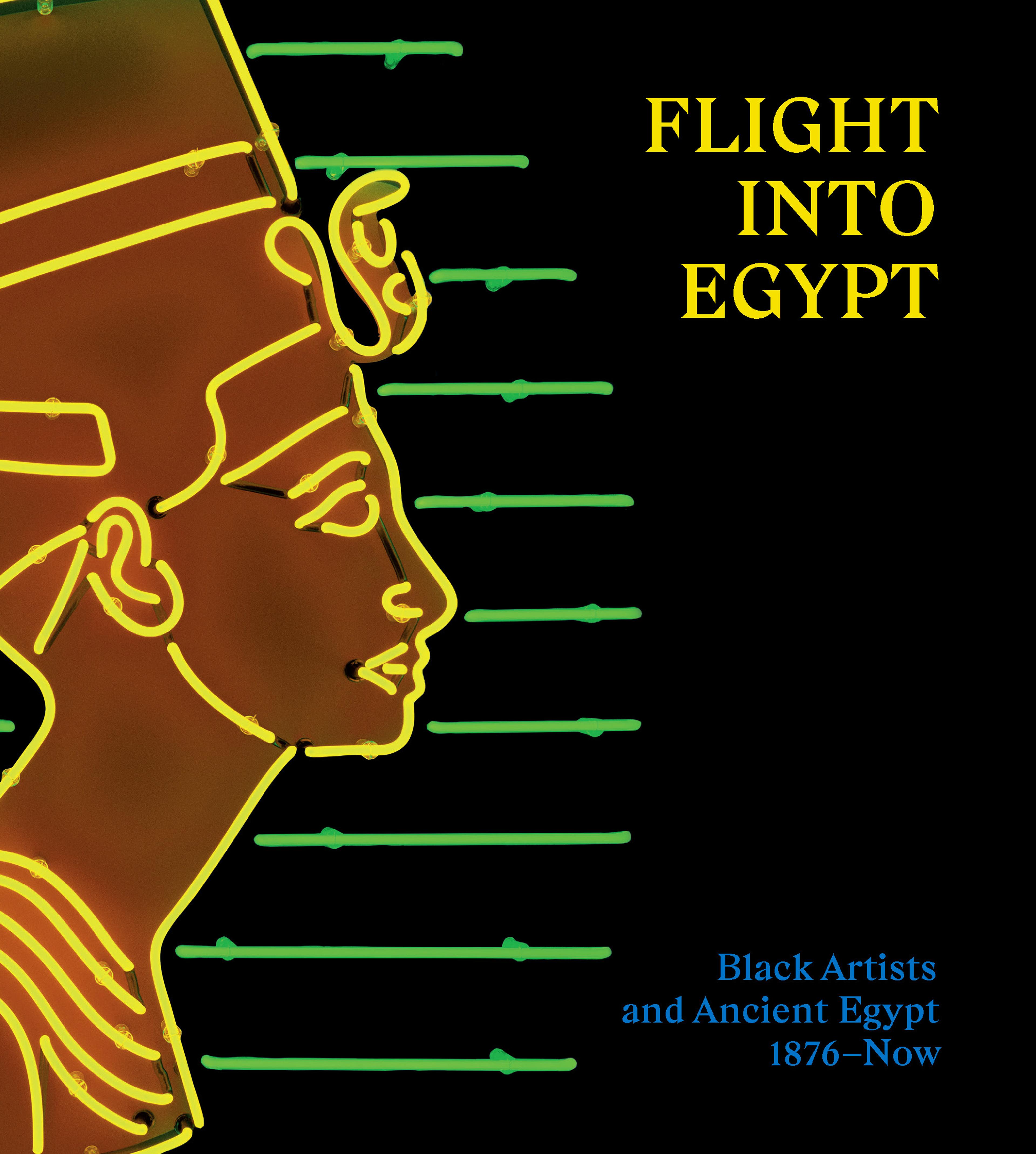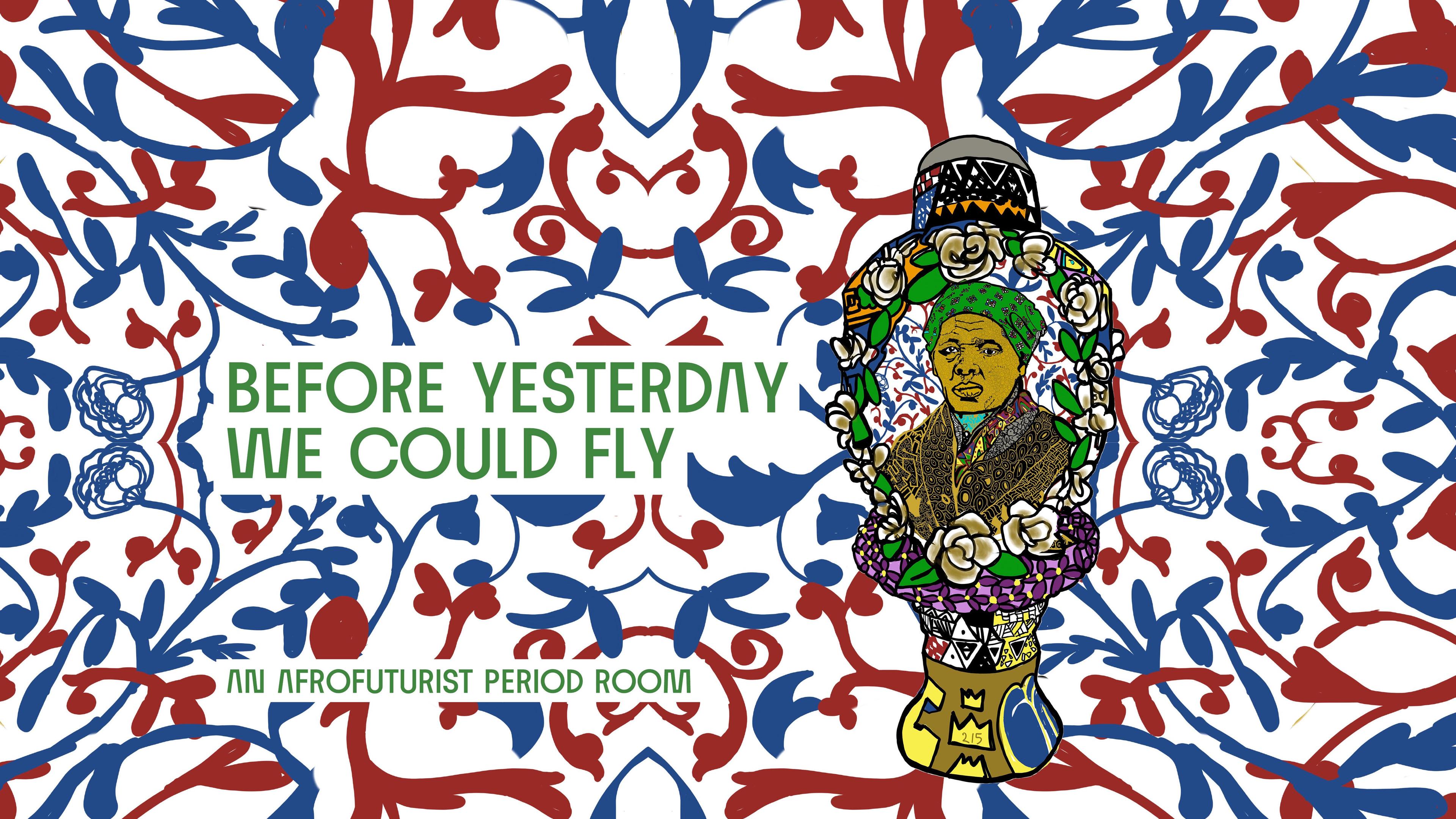
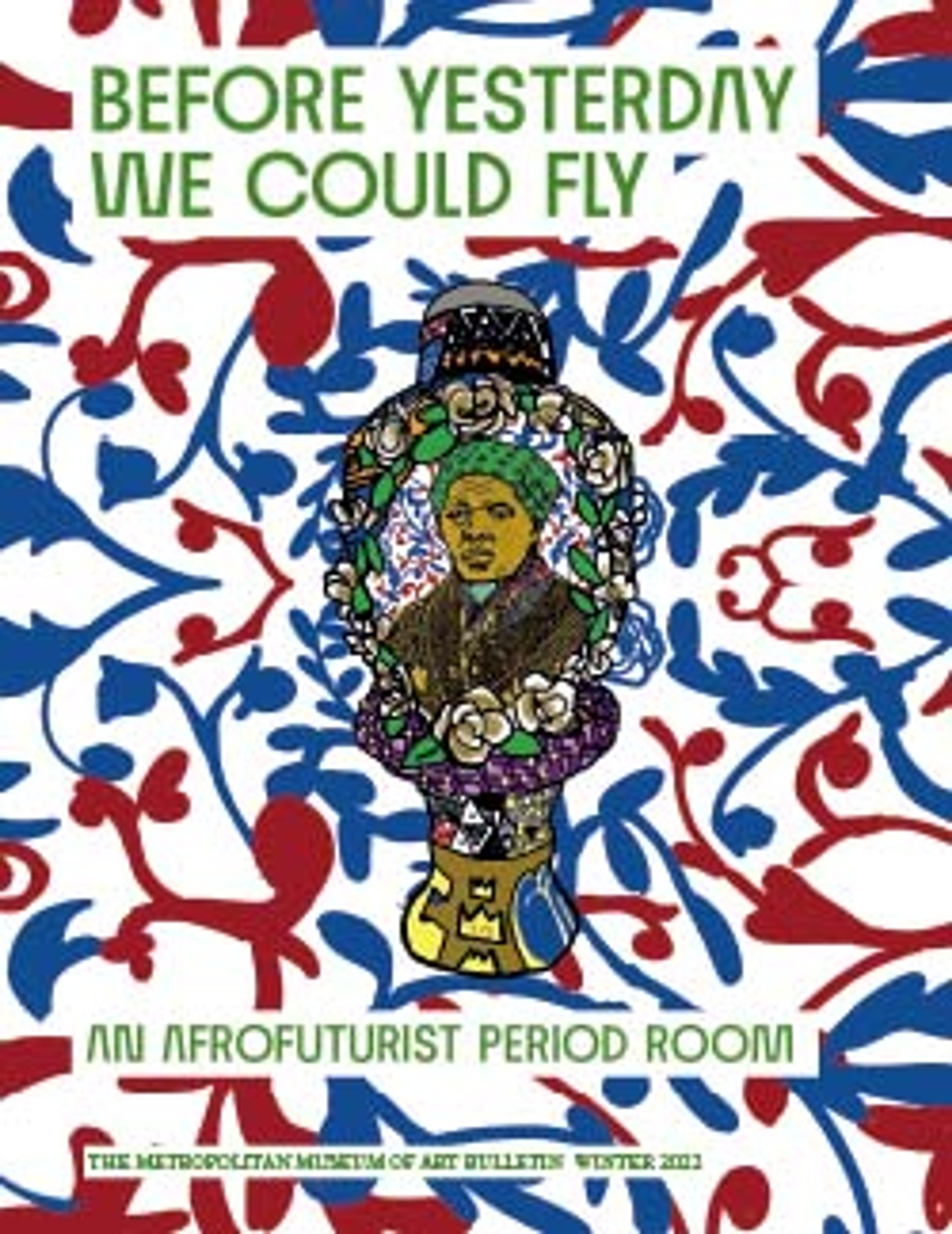
Before Yesterday We Could Fly: An Afrofuturist Period Room
Seneca Village—a vibrant nineteenth-century community of predominantly Black landowners and tenants—flourished just west of The Met's current location until the city used eminent domain to seize the land in 1857, displacing its residents to make room for the construction of Central Park. The Met's latest Bulletin, Before Yesterday We Could Fly: An Afrofuturist Period Room, imagines a different history in the form of a new type of installation that departs from traditionally Eurocentric period displays to present a fictional but resonant domestic space. Texts by Ian Alteveer, Hannah Beachler, Michelle Commander, and Sarah Lawrence honor the real, lived history of the Seneca Village residents, while also exploring works by Black creators from the eighteenth century to the present day through the empowering lens of Afrofuturism. Including images of new works by Njideka Akunyili Crosby, Roberto Lugo, and Cyrus Kabiru, as well as an original graphic novella by New York Times bestselling author and illustrator John Jennings, this publication foregrounds generations of Black creativity and looks forward to a resilient future.
Met Art in Publication
You May Also Like
Press the down key to skip to the last item.
Citation
Alteveer, Ian, Hannah Beachler, Sarah E. Lawrence, Michelle D. Commander, and John Jennings. 2022. Before Yesterday We Could Fly: An Afrofuturist Period Room ; Protocol and Response. New York: Metropolitan Museum of Art.
